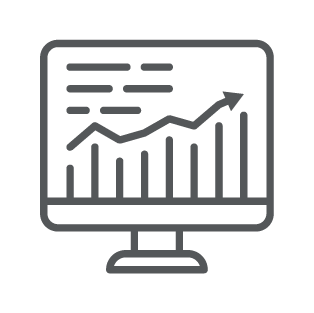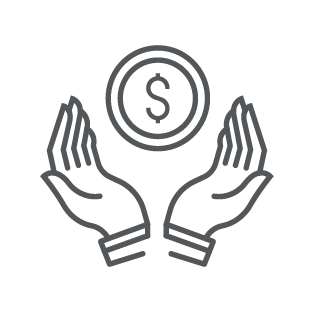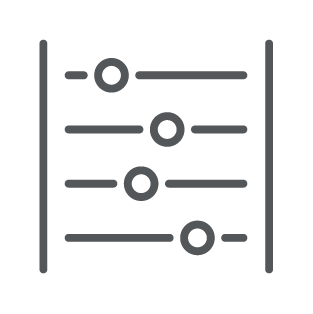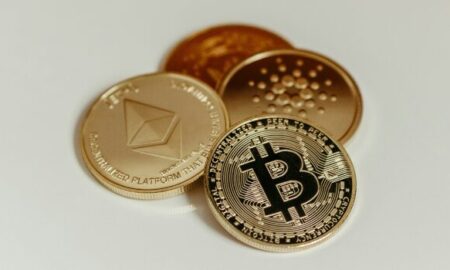FEATURED INDICES
Current performance from featured STOXX and DAX indices
WHAT SETS US APART

in index innovation
Highly Customized Solutions
Collaboration, adaptability and customization are in our DNA.
Find out more >
Leading European blue-chip indices
Global Strength
We are European-based with offices across the globe.
Find out more >
Structured Products & Derivatives
Globally leading provider of equity index solutions
Expertise and Innovation
Transparent, rules-based indices, delivering innovative solutions.
Find out more >








